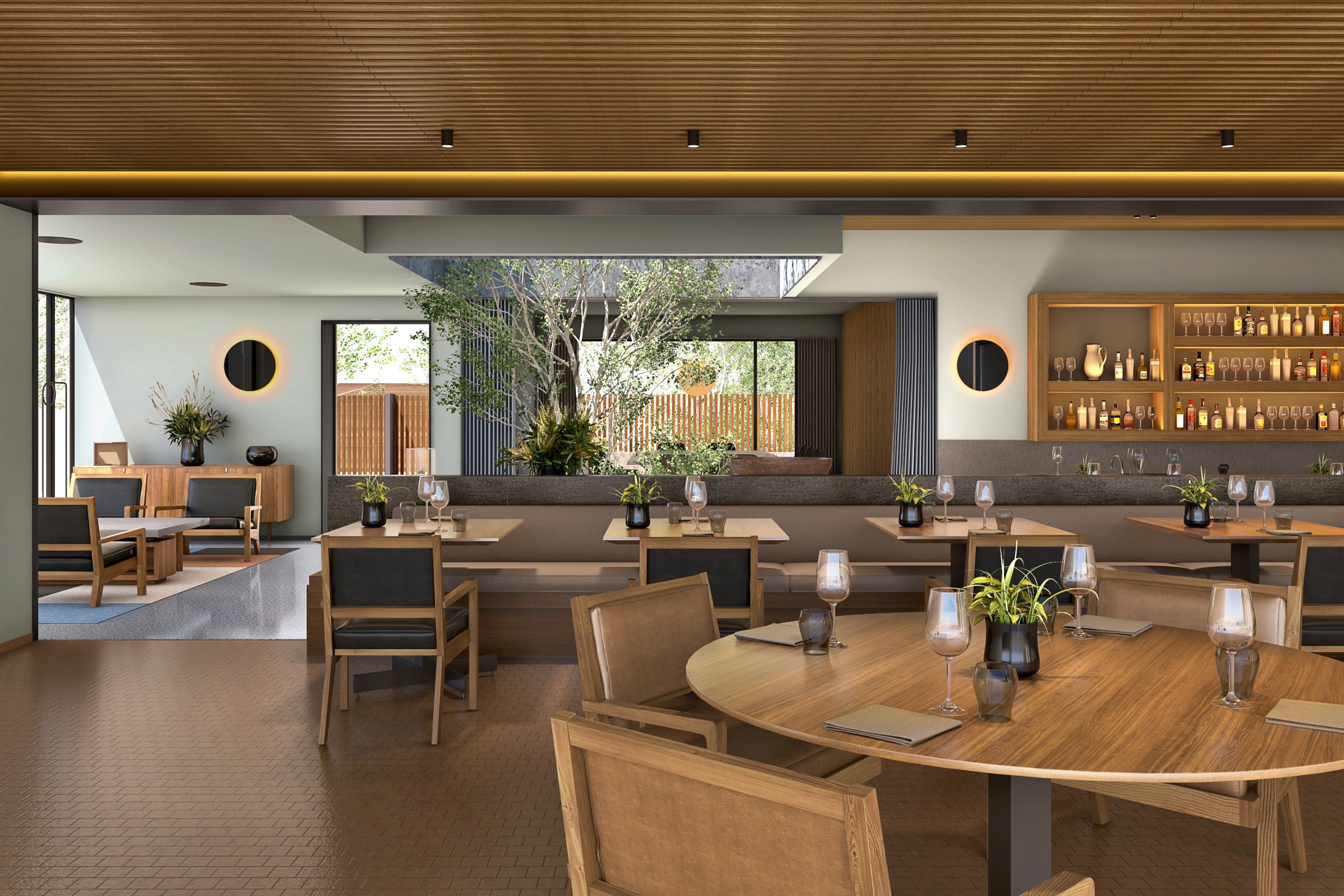
The popularity of visualization through 3D rendering is rapidly gaining traction, especially in the AEC industry. Of all the representation tools, 3D rendering is the medium of photo-realistic images and experience-driven flythroughs that efficiently communicate the design idea to the audience. However, the impact and influence of architectural visualization through 3D renders go beyond just the primary stakeholders, the clients and the designers involved in the process. Here are ways in which 3D rendering for architectural visualization impacts the AEC industry as a whole.
3D visualizers and artists are talented individuals with in-depth understanding and knowledge of the software. Often they are qualified designers who have found their niche in communicating design through 3D renderings. The field's growing importance opens opportunities to collaborate with people from allied segments.
There is more to 3D renders than just information. It is a cohesive tool for storytelling– that of the designed space and the experience it imparts. A render communicates the space, the context and the ambience, whereas a video walkthrough takes the viewer through the virtual experience of the space. The dynamic medium is one of the most efficient tools for storytelling, which delves into intricate details and weaves the narrative of the space and the people.
Thanks to the internet, we live in a data-driven world with a plethora of information available at our fingertips. Putting out a project’s 3D renders onto social media platforms open up learning opportunities for the creators and audience alike. It offers creative and critical feedback to the designer and the 3D artist, which results in skill development for both, thereby boosting their creativity. On the other hand, 3D renderings make architecture accessible, helping students, peers, and homeowners learn about varied ideas, techniques and trends.
Putting out 3D renderings on various digital platforms enables opportunities for healthy competition. This is applicable to designers, investors and even 3D visualizers. Learning from each other and trying to better one’s skills and designs results in a better-built environment.
3D rendering makes design and architecture accessible to the mass. Thus, when trying to communicate and sell the design idea, it proves to be a game changer. Photo-realistic images and flythrough videos are an integral part of marketing a proposed project, right from presenting it to the clients, investors, local authorities and even the people.
Architectural visualization through 3D rendering has become the face of the built environment where people know exactly what they are getting into before the first brick is laid. The niche industry is a field that continues to grow multifold every day, opening up avenues of learning and skill development.
At Quickviz, we aspire to consciously contribute to the built environment through photo-realistic renders and videos. Please contact us at studio@quickviz.com to avail architectural visualization and 3D rendering services.
© Quickviz 2022. All rights reserved.